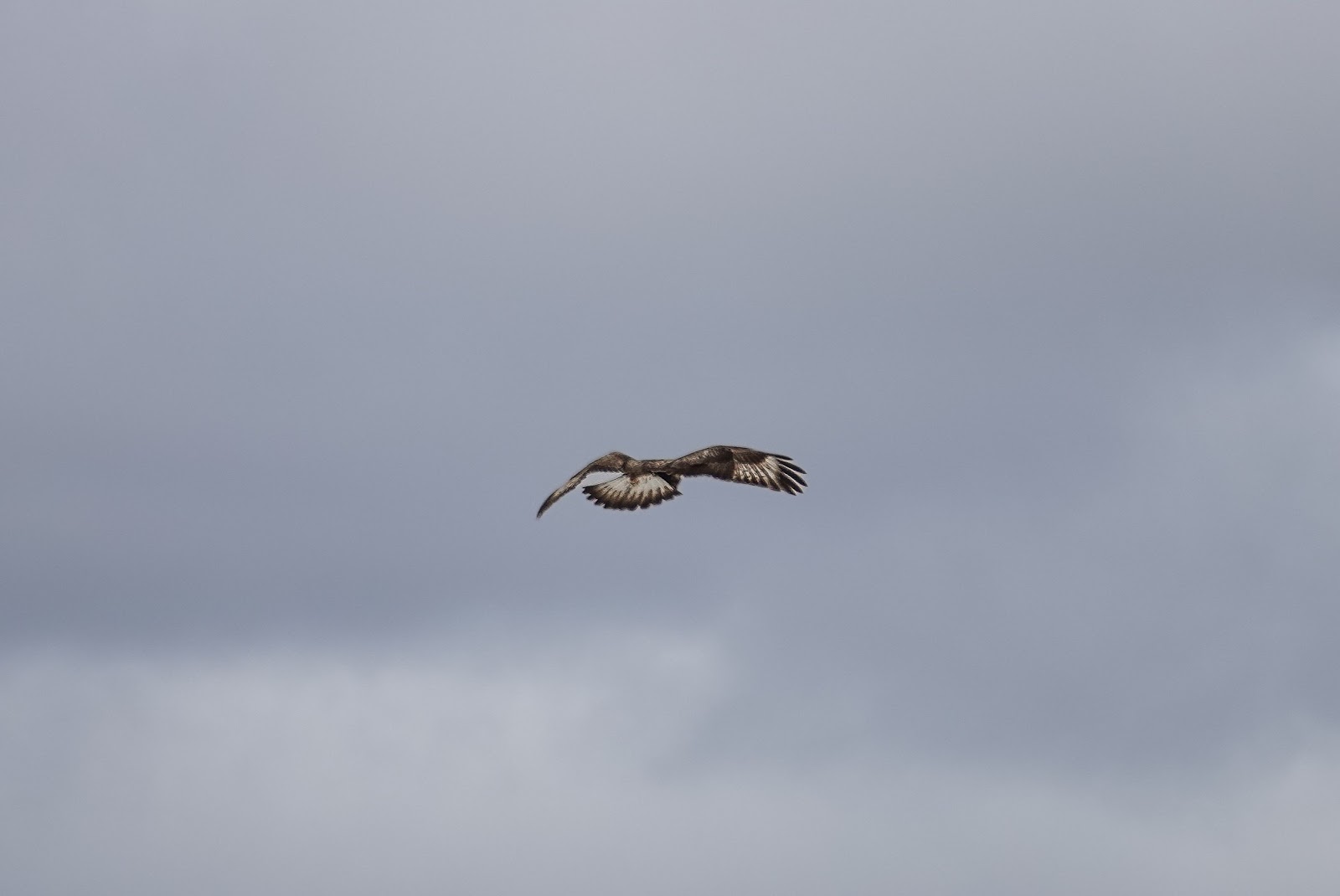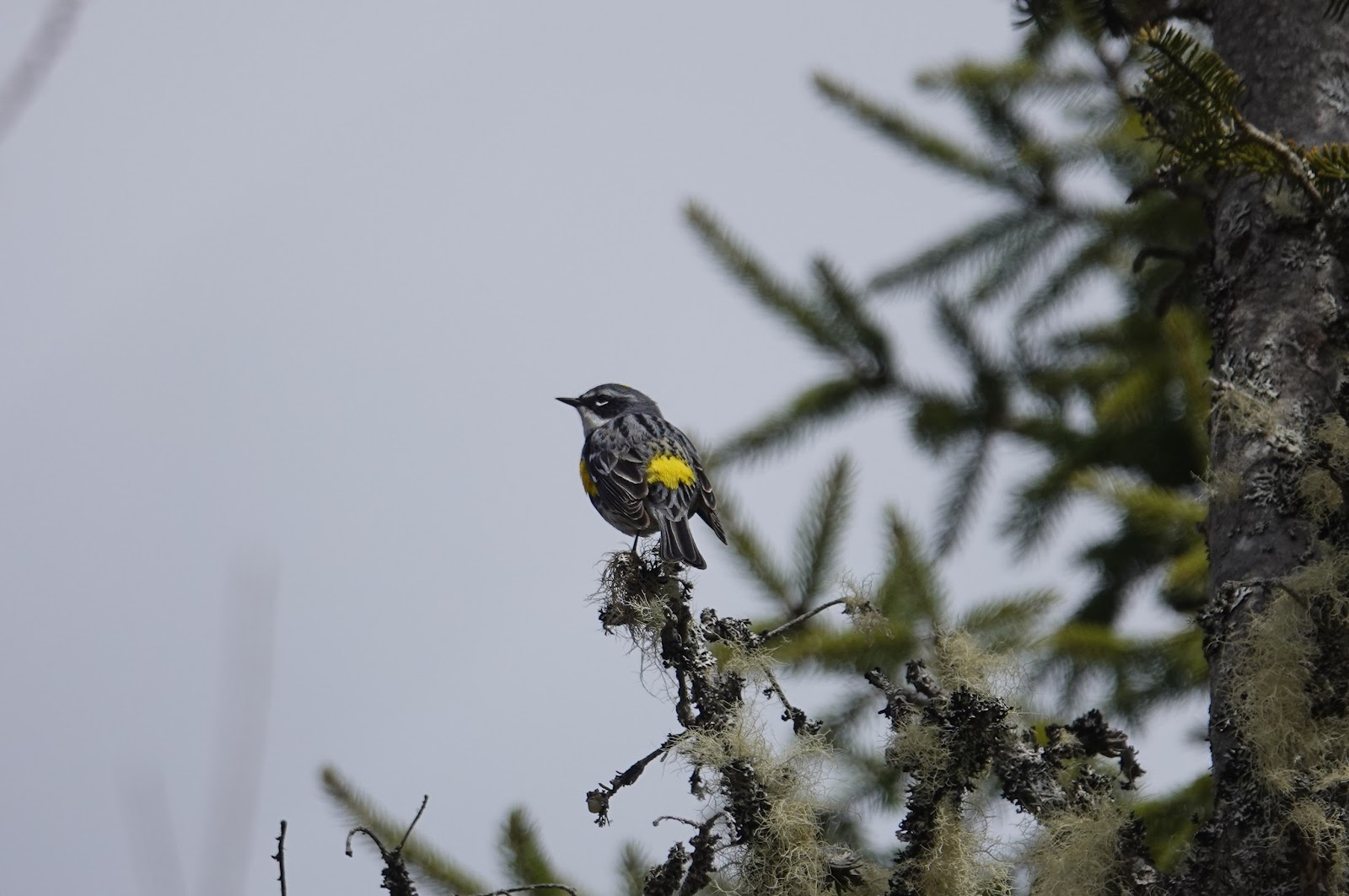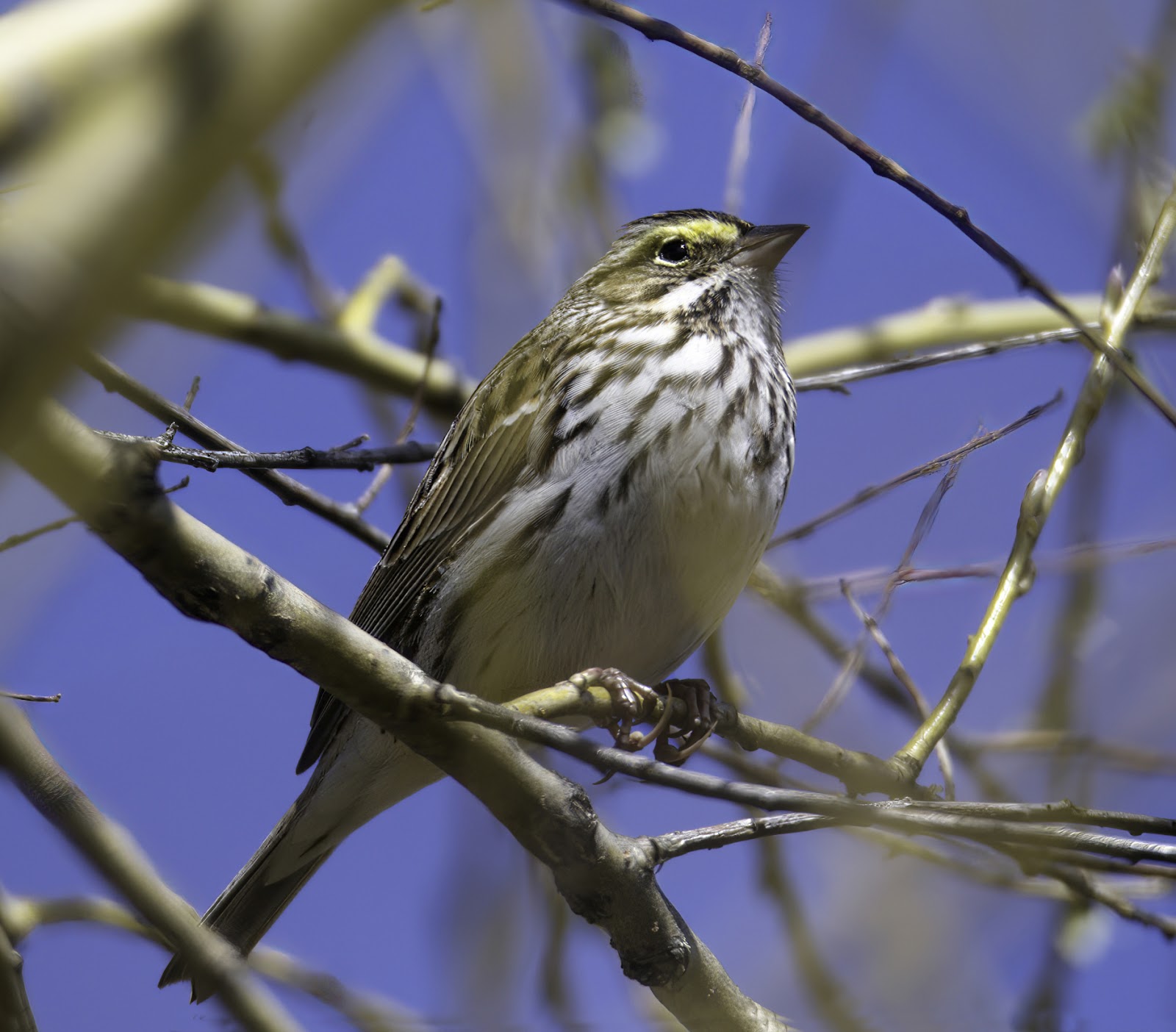NATURE
MONCTON NATURE NEWS
April 25, 2025
Nature Moncton members, as
well as any naturalist in New Brunswick or beyond, are invited to share
their photos and descriptions of recent nature sightings to build a fresh
(almost) daily edition of Nature News
To
respond by e-mail, please address your message to the information line
editor, nelsonpoirier435@gmail.com .
Please
advise the editor at nelsonpoirier435@gmail.com and the proofreader
Louise Nichols at Nicholsl@eastlink.ca if
any errors are noted in wording or photo labelling.
For more information
on Nature Moncton, check the website at www.naturemoncton.com
Proofreading
courtesy of Nichols nicholsl@eastlink.ca
To
view the live feed of the Peregrine Falcon nest cam on the summit of Assumption
Place in Moncton, go to:
**Tomorrow, Saturday, is the Nature Moncton Earth Day cleanup
on the Riverfront Trail in Moncton as detailed below:
Earth
Week Riverfront Cleanup
Saturday,
April 26, from 10 am - 12 pm
Meeting
place: Parking lot at the Honourable Brenda Robertson Bridge
Leader:
Cathy Simon
It’s time to
take action for nature by helping to clean up the environment and habitat for
trail users, marsh wildlife, and our beloved downtown peregrine falcons!
You are
invited to a Riverfront cleanup on Saturday, April 26, from 10 am - 12 pm.
Please wear weather-appropriate clothing and footwear, your Nature Moncton name
tag, and bring work gloves. This initiative is in conjunction with the City of
Moncton’s Earth Week cleanup. The City will provide garbage bags and non-latex
gloves to wear over our work gloves.
All ages are
welcome, Nature Moncton members or not.
**Louise Nichols was out in a few different areas around
Aulac on Thursday. In Sackville, she checked out some trails off Walker
Rd and was able to photograph a turkey vulture who was unexpectedly
standing alongside the road. Along the trail, she saw the usual
black-capped chickadees, a hermit thrush, ruby-crowned
kinglet, golden-crowned kinglets, dark-eyed juncos, and a flock of white-winged
crossbills. Among the crossbill flock, she was able to get a photo of a juvenile bird.
(Editor’s note: Louise got a nice photo of a juvenile
white-winged crossbill. This species will nest at any time of year, as long as there is an
abundant food supply. The bird in the photo very possibly fledged quite
recently.)
A brief stop on Jolicure Rd. revealed a lingering rough-legged
hawk who, after hovering for a bit, was able to catch some prey (possibly a
vole).
(Editor’s note: Louise took note of the distinct white
patches on the upper wing (primaries), which were so distinct and she didn’t recall
ever noticing that before on a rough-legged hawk. Louise looked it up, and
some of what she found suggests this is the mark of a juvenile, but she wasn't sure,
so comments are welcome. The female rough-legged hawk has a clean white
area ahead of the single dark tail band, but this bird seems to have white in
the areas Louise mentions to make this a possible juvenile. The first complete molt,
which typically occurs at the end of the first year or early second year of
their lives, makes juvenile a potential possibility.)
On the other side of the border, near Amherst, NS,
Louise saw her first warbler of the day, which was a yellow-rumped warbler
(male). She also managed to flush an American woodcock twice, but no
photos.
**Norbert Dupuis was surprised to have an adult
sharp-shinned hawk seemingly patiently checking out his Memramcook yard on
Friday morning and cooperating for a photograph.
**At dusk, on Tuesday, April 24th, a male ruffed grouse
flew into one of the windows of David and Anita Cannon's sun room. It struck
the window 4 feet above the deck and bounced back 5 feet. David and Anita were
both sitting within 10 feet of the hit. Within a minute, a female ruffed grouse
landed beside the male grouse and walked up to and around it. After a minute,
one of the cats inside the house caused the female to fly to a perch above the deck and
the male grouse. It stayed there for another 5 minutes before leaving the
scene.
(Editor's note: Similar scenarios have been reported with
certain species of birds and other wildlife that appear to show concern about
the loss of a mate.)
**Susan Richards, Fred Richards, and Fred Dube installed nine new nesting boxes at the new Ducks Unlimited Pond in Memramcook on
Thursday. There were mallard ducks, Canada geese, and a ring-necked pheasant there
when they arrived, and a group of eight American wigeons kept circling
around wanting to land while they were putting up the new boxes. The Merlin
app suggested an American bittern was there, but it stayed under cover. The land
owner (Justin Gaudet) came by to see how it was going and stayed for a photo.
All in all, a good day to be installing nesting boxes.
**Jane LeBlanc found a great blue heron in the St.
Martins marsh on Thursday morning. She also had the yellow-rumped warbler back and
a pair of golden-crowned kinglets, but they would not pose for photos.
**Brian Stone was driving home from Hampton on Thursday
when he met Rhonda and Paul Langelaan, who told him about a snow goose
they had seen in the small lake at Crockets Corner near the highway exit 211.
Brian stopped there for some photographs, but the snow goose, along with a
small group of Canada geese, was quite distant at the far side of the
lake. Photographs were taken anyway and processed to magnify the goose as much
as possible.
(Editor’s note: Brian’s photos nicely show the size
differential between the snow goose and Canada goose. The snow goose appears to
be immature.)
When Brian made it home, he went on a tour of several
places in the Moncton area to search for wood ducks, and he finally
found them at the often-reported Jones Lake Dock area (corner of Parlee Dr. and
Broadview Ave.). Along the way he photographed a healthy-looking savannah
sparrow, a female hairy woodpecker, and one of a small group of American
goldfinches that were foraging on pussy catkins.
**Nelson Poirier made a spring cleanout and treatment
of 16 Nature Moncton nest boxes in the Miramichi area on Thursday with the
usual surprises. It was rewarding to find that all had been used by something.
Twelve boxes had been occupied by tree swallows, two by eastern bluebirds, and two boxes with occupants/users uncertain.
The predominant structural material of the eastern
bluebird is pine needles, with only a few feathers if any at all. One nest
appeared to be the normal eastern bluebird scenario. However, another was much
taller than expected, filling half the box. When taken apart, it was found to
be a double-decker that had been built over the top of another nest of
unhatched eggs that appeared to be a tree swallow nest, but the original nest's
identity is uncertain.
One tree swallow nest had an unhatched egg and one
eastern bluebird nest had two unhatched eggs.
The two nests filled with fluffed contents and no nest bowl
are suspected to have been/be occupied by deer mice. Other suggestions would be
appreciated.
**This Week’s Sky at a Glance, 2025 April 26 – May 3
The constellation Hercules is up in the east after sunset, recognizable by the
Keystone asterism that forms the legendary strongman’s body. He is usually
pictured kneeling upside down in the sky, having a tête-à-tête with Ophiuchus
the Serpent Bearer, with his foot placed triumphantly on the head of Draco the
Dragon. The Keystone is situated two-thirds of the way from Arcturus to Vega.
Hercules (Heracles in Greek mythology) was the result of one of Zeus’s many
affairs with a mortal woman. Consequently, Hera (wife of Zeus) did whatever she
could to have Hercules killed. As a baby Hercules strangled two snakes sent by
her, and the Twelve Labours he performed were assigned by King Eurystheus, a
representative of Hera.
Two globular clusters, M13 and M92, can be seen with binoculars in the
constellation. M13, the finest globular cluster in the New Brunswick sky, is
along the right side of the Keystone, two-thirds of the way from bottom to top.
A line from the bottom right star of the Keystone to the middle of the top
side, and extended not quite that same distance, will put you near M92.
This Week in the Solar System
Saturday’s sunrise in Moncton is at 6:13 and sunset will occur at 8:21, giving
14 hours, 8 minutes of daylight (6:20 and 8:24 in Saint John). Next Saturday
the Sun will rise at 6:02 and set at 8:30, giving 14 hours, 28 minutes of
daylight (6:09 and 8:33 in Saint John).
The Moon is new and at perigee this Sunday,
resulting in extreme tides early in the week. The crescent Moon
kicks off Astronomy Week by leading the Pleiades in evening twilight on Monday,
separating the Pleiades and Jupiter on Tuesday, riding above Jupiter on
Wednesday, and pairing with Mars near the Beehive star cluster on Astronomy Day
next Saturday. Mercury is about 8 degrees to the right of the slim waning Moon
this Saturday morning, brightening over the week but difficult to see with
binoculars due to its low altitude in bright twilight. Perhaps Saturn will
be an easier binocular target within a binocular view to the lower right of
Venus, which is at its brightest this week.
The Saint John Astronomy Club meets in the Rockwood Park
Interpretation Centre at 7 pm on May 3. Tune in to the Sunday Night Astronomy
Show at 8 pm on the YouTube channel and Facebook page of Astronomy by the Bay.
Questions? Contact Curt Nason at nasonc@nbnet.nb.ca.
Nelson Poirier.
Nature
Moncton



























